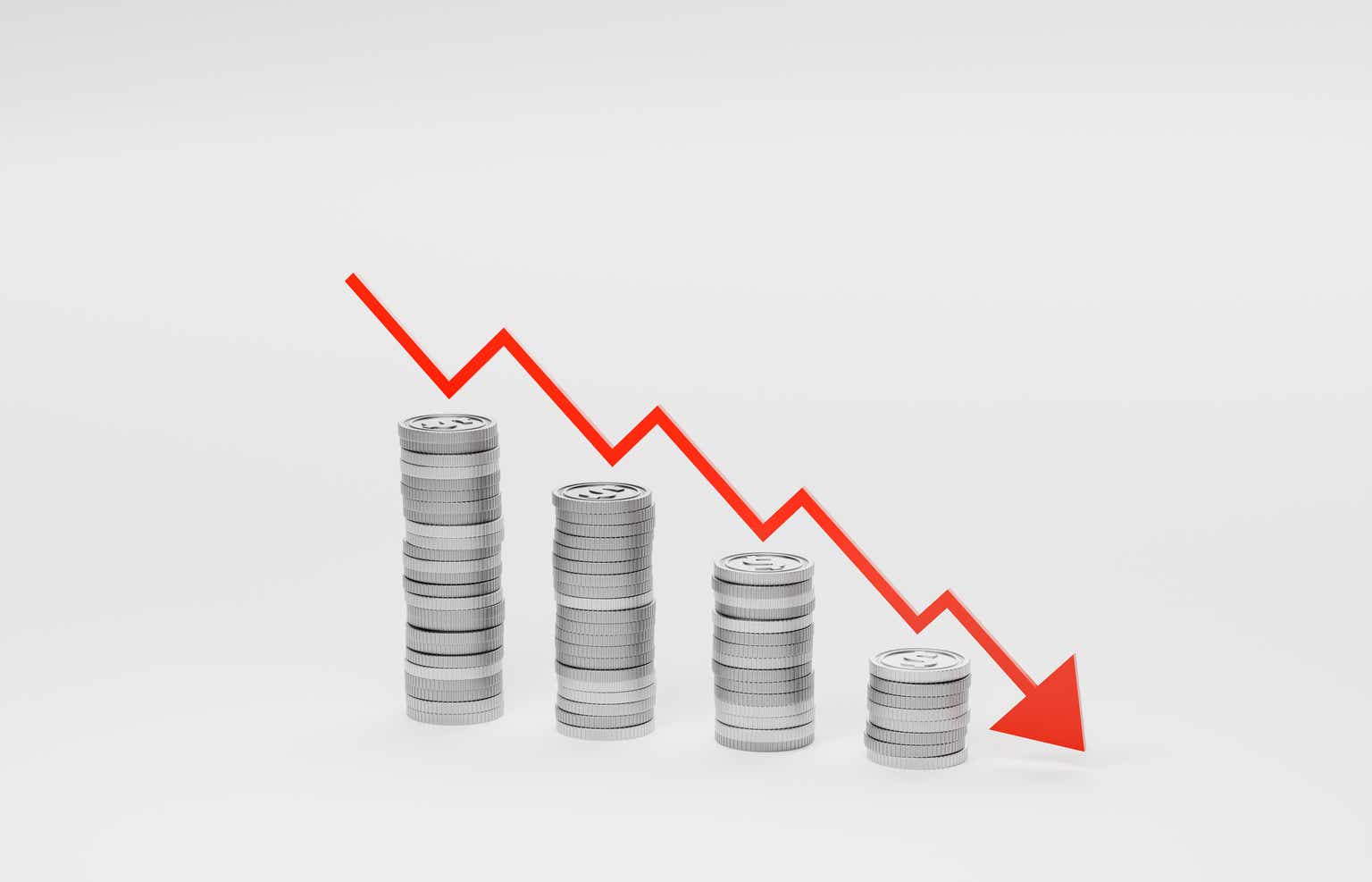Did you know you may be charged a prepayment penalty for attempting to pay off your loans early?
Prepayment penalties are fees that some lenders charge if you refinance or pay your mortgage off early. Not only are they fairly common—they’re also often misunderstood by borrowers.
In this article, we’ll discuss how a mortgage prepayment penalty works, the types of prepayment penalties you may encounter, and how to avoid paying them.
How Prepayment Penalties Work and Why Lenders Charge Them
Your monthly mortgage payment consists of principal and interest payments. Principal payments pay down your loan, while the interest payments go to your lender. When you take a loan, your lender expects to make money on those interest payments. Lenders include prepayment penalties in mortgage contracts to make you think twice before prematurely refinancing or paying off your loan.
Let’s say you take out a 30-year fixed $250,000 at 5% interest. If you don’t increase or make extra mortgage payments, at the end of 30 years, the total cost of your loan is $483,165. $250,000 for the principal and $233,165 in interest.
However, if you suddenly come into money and decide to pay your loan off after two full years, your lender will only receive $22,619.43 in total interest payments. If you instead pay off half of your loan balance, that will significantly reduce how much interest you’ll owe and cut into your lender’s profits.
Thankfully, prepayment penalties are becoming less common. Also, your mortgage lender is required to inform you if they are included in your closing paperwork. If your lender doesn’t, they can’t charge for them if you refinance your loan or pay it off early.
Are There Limits on Prepayment Penalties?
The Dodd-Frank Act imposed limits on prepayment penalties to safeguard property owners from sticker shock. Lenders can only charge a mortgage prepayment penalty during the first three years of your loan’s term. The most they can charge is 2% of your loan’s balance during the first two years of your loan and 1% during the third year.
If you are charged a mortgage prepayment penalty during this period, you pay a lump sum fee when you sell or refinance your home.
Also, federal law prohibits lenders from charging prepayment penalties if you have an FHA loan, a USDA loan, or a VA loan. Student loans are also exempt from these fees.
Examples of Prepayment Penalties
Let’s say you take a 30-year mortgage loan out on a property for $300,000 with a 5% fixed interest rate. A little after a year, your house skyrockets to a new market value of $350,000, so you decide to sell it even though your lender informed you of your contract’s prepayment penalty clause.
At this point, you still owe $295,000. Since you’re selling within the first two years of ownership, your lender charges you a 2% prepayment penalty of $5,900 ($295,000 x 2%). If you wait until your third year, the penalty drops to 1%, or $2,950. After accounting for closing fees and the real estate agent’s cut, is it worth taking in the home another year or two to reduce or eliminate your prepayment penalty? That all depends on your circumstances.
Let’s say you decide to refinance your loan to 4% instead. At 5%, you’ll pay $279,767 in total interest over 30 years. At 4%, you’d pay $215,609 in total interest, a difference of more than $64,000 (excluding interest you’ve already paid to your current lender). It also shaves about $180 off of your monthly mortgage payment.
If your prepayment penalty is the same as the first example ($5,900), you can make money for the fees back in about 33 months ($5,900 / $180). If the rates will remain at 4%, it’s likely more worth waiting a year or two—but not always. Rates can fluctuate constantly, so deciding whether you should refinance depends on how much you’ll save in the long term.
Types of Prepayment Penalties
There are two common types of prepayment penalties you may encounter:
- Hard penalties: Prepayment penalties that apply to both refinancing and selling a property.
- Soft penalties: Prepayment penalties that only apply to refinancing your property.
How to Avoid Prepayment Penalties
Luckily, avoiding prepayment penalties isn’t too difficult. Here’s how:
- Work with a lender that doesn’t charge a prepayment penalty.
- Get a loan estimate that doesn’t include a prepayment penalty.
- Negotiate the cancellation of a prepayment penalty with your current lender.
You can also make extra payments occasionally without getting charged a prepayment penalty. Usually, these payments only appear on your lenders’ radar when you make a substantial payment (i.e., 20% of your principal or more).
Are Paying Prepayment Penalties Worth It?
The answer can be yes or no and is decided on a case-by-case basis. Check with your lender to see if your contract has a prepayment penalty clause. Sometimes it’s worth it to keep making regular payments until the clause expires or to invest your money elsewhere.
Find a Lender in Minutes
A great deal doesn’t just sit around. Quickly find a lender who specializes in investor-friendly loans that are right for you and your investment strategy.
Note By BiggerPockets: These are opinions written by the author and do not necessarily represent the opinions of BiggerPockets.















